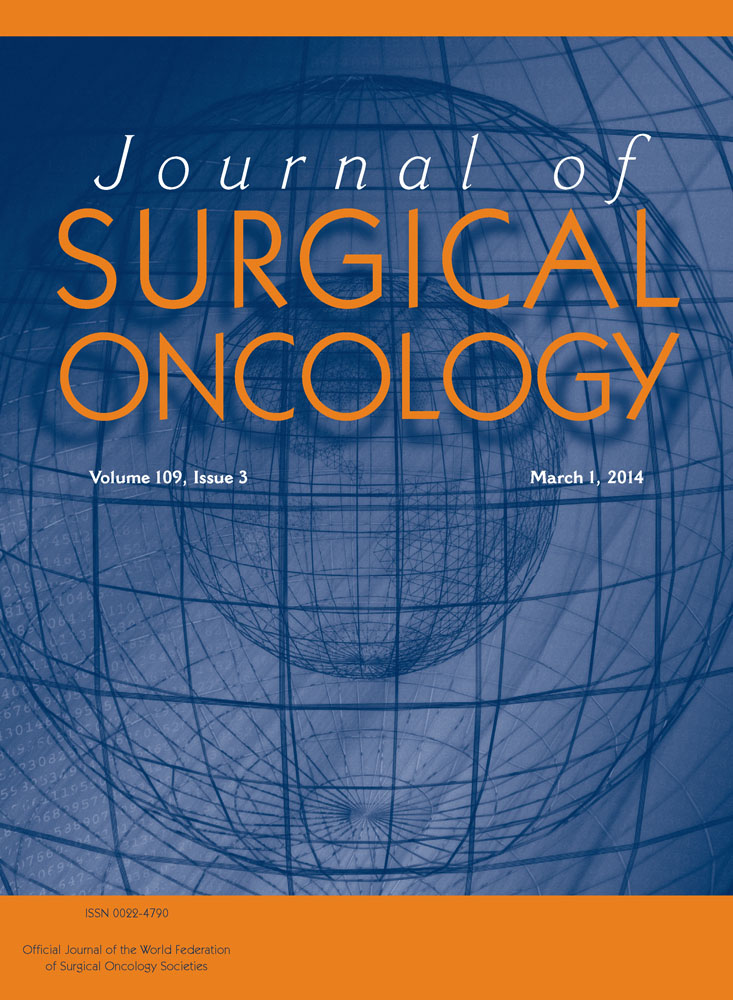Prognostic significance of lymph node status in patients with metastatic colorectal carcinoma treated with lymphadenectomy
Abstract
Background and Objectives
To test prognostic significance of lymph node status in patients with metastatic colorectal carcinoma (mCRC).
Methods
Four hundred ninety six patients diagnosed with synchronous mCRC and treated with lymphadenectomy between 1995 and 2008 were identified and divided into groups pN0, pN1, and pN2 (140 (28.2%) in pN0, 223 (45.0%) in pN1, and 133 (26.8%) in pN2 group) according to their lymph node status. The Kaplan–Meier and Cox regression analyses were used to test associations and independent predictor status of lymph node involvement.
Results
The Cox proportional hazards regression showed pN as significantly associated with disease-specific survival (DSS) both in univariate (HR = 1.609, 95% CI 1.411 to 1.835, P < 0.001) and multivariate (HR = 1.630, 95% CI 1.422 to 1.868, P < 0.001) analyses. The Kaplan–Meier analysis demonstrated that patients with pN2 and pN1 had a significantly worse DSS compared with patients with pN0 tumors (respectively, 17.273 ± 1.020 and 27.145 ± 1.715 vs. 34.992 ± 2.143 months; P < 0.001). In accuracy analyses based on AUC values, nodal status demonstrated the highest accuracy (65.1%) out of all the variables.
Conclusions
Our findings indicate that optimal TNM staging for mCRC should incorporate lymph node status to provide a more effective and predictive model. J. Surg. Oncol. © 2014 Wiley Periodicals, Inc.




